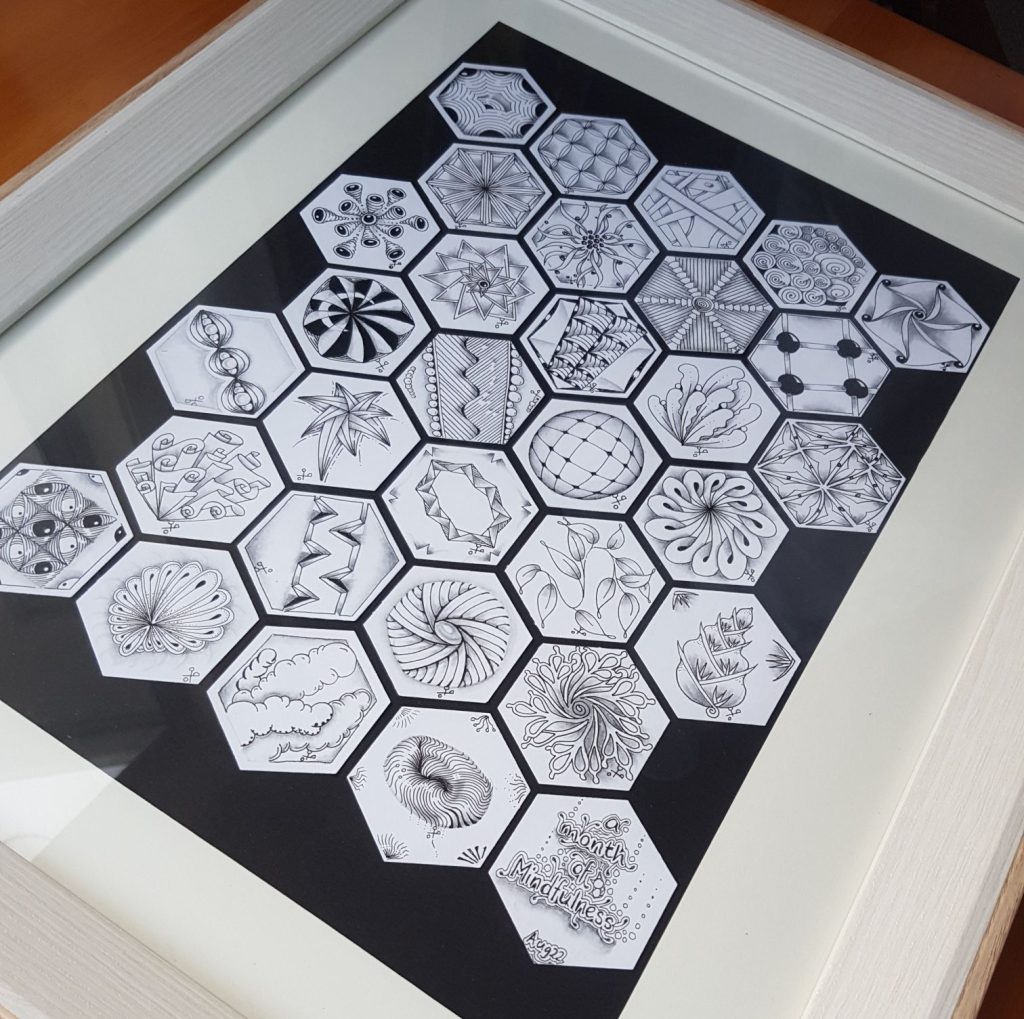mindfulness
ˈmʌɪn(d)f(ʊ)lnəs/
noun
- –
- the quality or state of being conscious or aware of something.
- “their mindfulness of the wider cinematic tradition”
- –
- a mental state achieved by focusing one’s awareness on the present moment, while calmly acknowledging and accepting one’s feelings, thoughts, and bodily sensations, used as a therapeutic technique.
Mindfulness means maintaining a moment-by-moment awareness of our thoughts, feelings, bodily sensations, and surrounding environment.
Mindfulness also involves acceptance, meaning that we pay attention to our thoughts and feelings without judging them—without believing, for instance, that there’s a “right” or “wrong” way to think or feel in a given moment. When we practice mindfulness, our thoughts tune into what we’re sensing in the present moment rather than rehashing the past or imagining the future.
Mark Williams, a lecturer at Oxford University, talks about mindfulness, which comes from Buddhism, so might call it ‘wake-up ism’. The word mindfulness is a translation from the indian word ‘sati’ – we come to know it as awareness, or memory, or at least non forgetfulness, – a direct, intuitive and compassionate turning inward and turning outward on the world a sense of knowing what is going on.
Jon Kabat-Zinn emphasizes that although mindfulness can be cultivated through formal meditation, that’s not the only way. “It’s not really about sitting in the full lotus, pretending you’re a statue in a British museum. It’s about living your life as if it really mattered, moment by moment by moment by moment.”
The benefits of Mindfulness have been well documented and include:
- The reduction of stress and anxiety
- Lower cortisol levels
- Better sleep patterns
- A greater sense of relaxation and well-being
- The ability to “step out of” negative downward spirals and feelings
- Greater self-compassion and improved relationships with others
- More enjoyment and appreciation in life
Being mindful means being totally aware of the present moment. Developing a mindfulness meditation practice is about training the mind to be more aware and to pay more attention to our thoughts, emotions, and bodily sensations right here, right now.
So what does this have to do with a drawing technique?
There are a few key components of practicing mindfulness that we can identify:
- Paying close attention.
- Notice—really notice—what you’re sensing in a given moment,
- Recognize that your thoughts and emotions are fleeting and do not define you, an insight that can free you from negative thought patterns.
- Tune into your body’s physical sensations.
And this is where Zentangle really works its magic. The repetitive patterns are designed to trigger the brain’s concentrating and calming responses, Its finished pieces may sometimes look a little like doodling, but it’s not. Each tangle has a broken down method to drawing them, so you move into a deliberate deep-brain work, and once you follow this structure, you can build up muscle memory for the patterns and really concentrate fully on the pen and the ink flow, as you build up a non representative piece of art.
The most common blocks to art are:
- self criticism
- fear of failure
- lack of immediate feedback
- worry about outcomes
- frustration and lengthy training
- lack of inspiration
- doubt about what next.
By having a structure in place for the patterns, you are not having to constantly think about these common stumbling blocks, they all disappear, you can flow with your pen. If you are a creative soul, or you fidget, this way of practising mindfulness may work for you.
If you are keen to try it out for a month please see my month of mindful tangling 2023 supporting the Mental Health Foundation in New Zealand.

